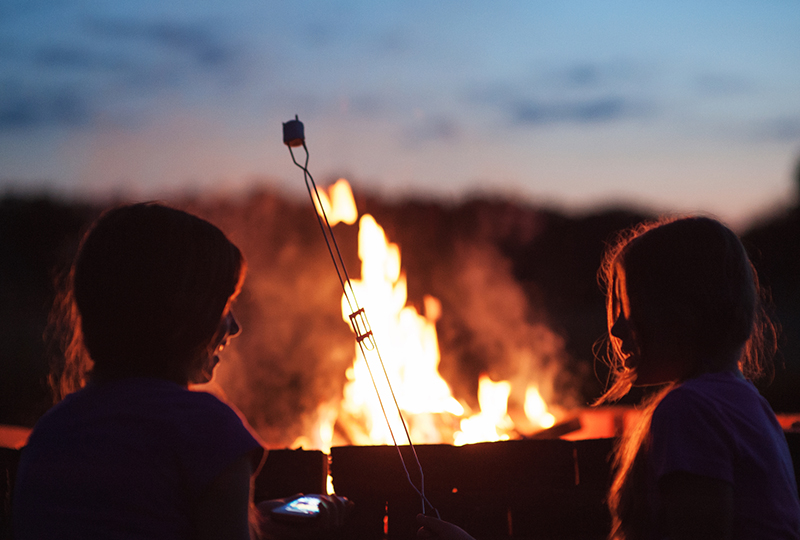Bonfires help create fall fun, but can also cause serious injuries.
Chilly autumn nights bring bonfires, roasted marshmallows and ghost stories by firelight. Unfortunately, it also can bring serious injuries — we see them at Monroe Carell Jr. Children’s Hospital every year.
Children and adults alike can end up with severe third-degree burns either by getting too close to the fire, by tending the fire in unsafe ways, or due to floating or blowing embers.
I am hopeful that this year can be different. Please keep these tips in mind to make your bonfire as safe as possible.
Before you light your bonfire
- Check with your local fire department or municipality for any restrictions before starting an open air, recreational or outdoor cooking fire. Obtain proper permits, if required. You might not be permitted to do outdoor burning in some municipalities and during some seasons.
- Inform your neighbors about your plan in advance — this may also reduce the chance that they’ll complain about the smoke.
- Choose dry materials to build your bonfire and avoid using damp wood, which produces more smoke as it burns.
- Always choose an open spot for your bonfire and never build it close to sheds, fences or trees. Permitted open fires (such as bonfires) need to be at least 50 feet from anything that can burn.
- Avoid burning on windy, dry days. When conditions are windy or dry, it is easy for open burning to spread out of control.
- Supervise children around any fire outdoors, including campfires, fire pits and outdoor fireplaces.
After you’ve lit your bonfire
Once your bonfire is burning steadily, keep a close eye on it and never leave it unattended. Keep a bucket of water or a garden hose nearby, in case the fire gets out of control.
After your bonfire has died down
As soon as your bonfire has died down, make sure that the flames have completely gone out. You can help prevent your bonfire re-igniting by spraying the embers with water.
Never use gasoline or other flammable or combustible liquids. Spraying gasoline or lighter fluid onto a fire can cause a flash of flames and cause the flames to race up the can onto a person’s hand. The flash flame from igniting fuel-soaked materials can reach several feet beyond the perimeter of the fire pit and severely injure bystanders.
Enjoy the seasonal fun but remember, nothing is worth risking the safety of your loved ones!
Purnima Unni is the Pediatric Trauma Injury Prevention Program Manager for Monroe Carell Jr. Children’s Hospital at Vanderbilt. She is a wife and mother of two teen girls. She loves to cook, travel and watch murder mysteries. She is fluent in three languages and wishes she had a green thumb.

